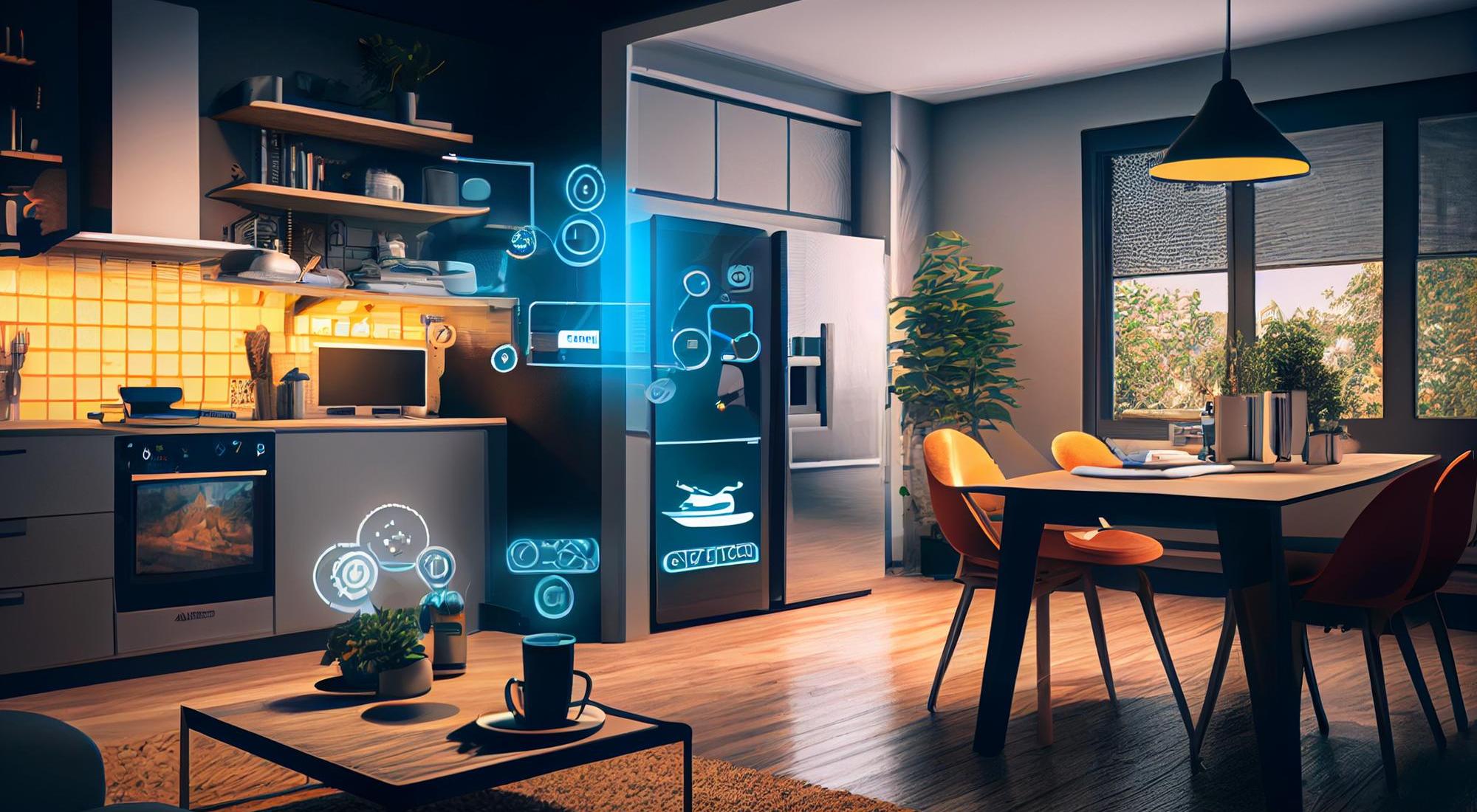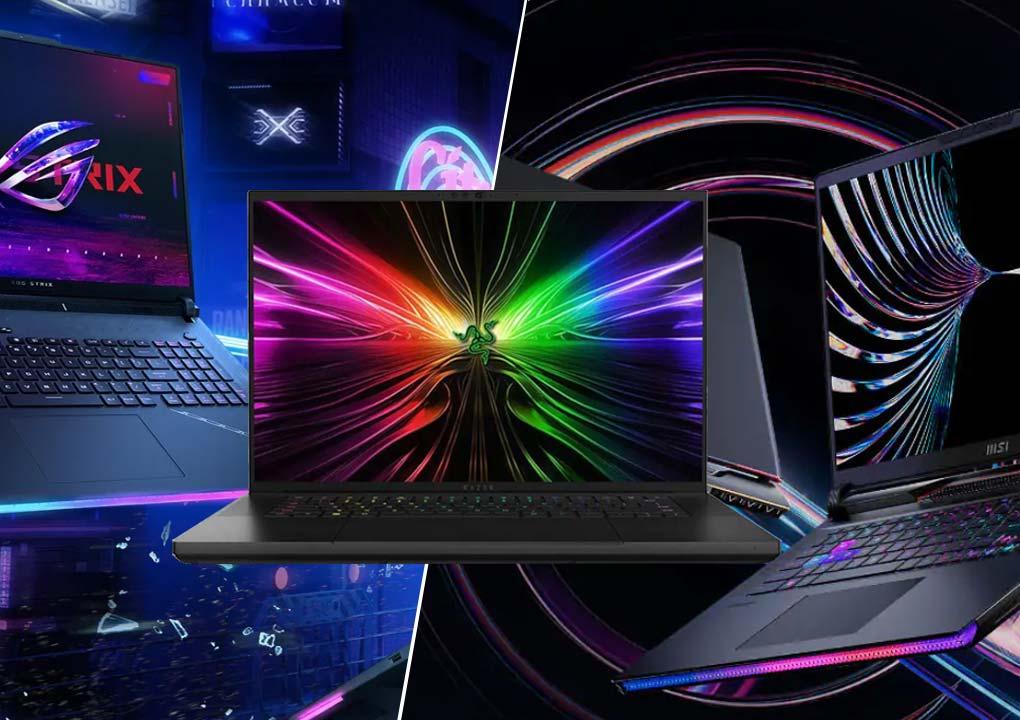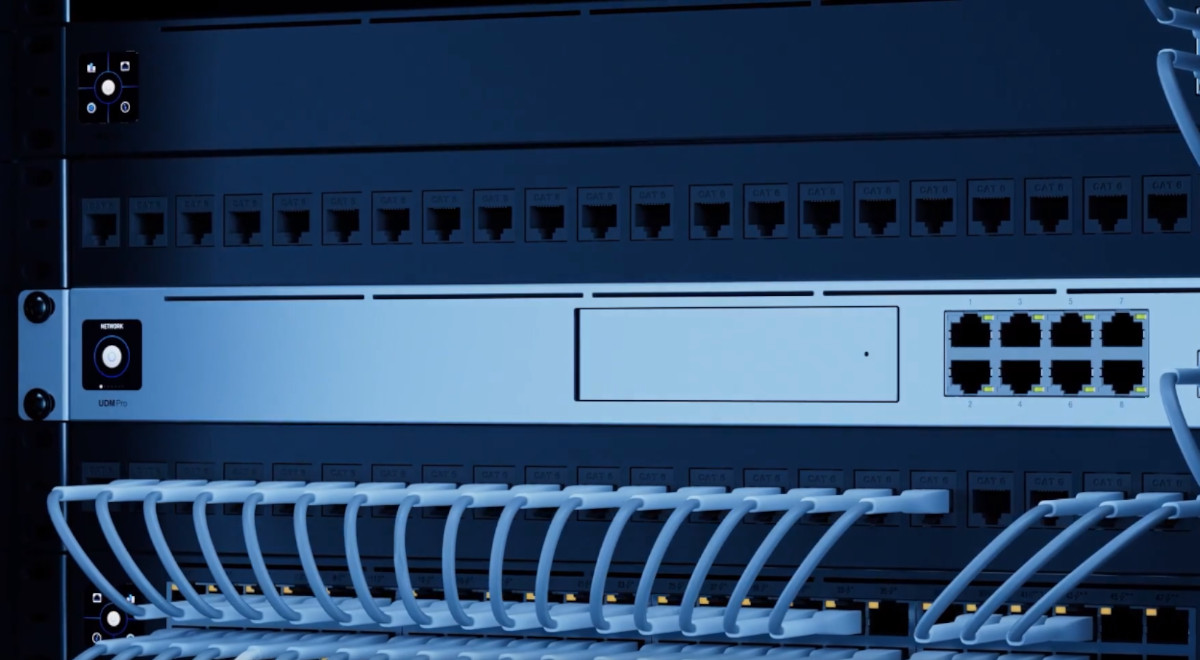Transforming Your Home: A Guide to Smart Home Integration

Turning your Home into a Smart Home? - Get Things Done in the Right Order!
The interconnection of smart devices means linking different smart devices and systems to enable them to work together smoothly. With this, homeowners can operate all their devices through a single interface and easily manage and monitor their smart home.
In this article, we will be taking an instructive tack and showing you how to proceed with revamping a normal home and integrating it into a smart home. We’ll be giving you a lit of things to get yourself kitted up and into the 21st century from home. So, if you're curious to find out just how this all fits together, please read on.
How to achieve Smart Home integration: A step-by-step guide
Depending on the type and compatibility of your devices, there are different ways to integrate smart home.
A smart home is a home that deploys multi-functional smart devices and systems to control the following:
To turn an ordinary house into a smart one, there's no escaping buying some extra hardware such as:
- Smart thermostats
- Lighting
- Cameras
- Speakers
- Maybe a Smart TV.
- Smart locks and even plugs are on the market….
But you also will need to link up all your hardware and software with each other. The ultimate goal is to control them from one place, either by voice command or routine phone or computer chats.
Once you set up your phone and other smart devices that are compatible with each other, they will work in concert intelligently and help you to organise yourself way better than any to-do list you’ve made as they can organise:
- Routines
- Rules
- Events
- Reminders
- Total Parental Control Over Devices, if Necessary
- Automated Heating
- Security
- Lighting
- Eliminate Dark WiFi Spots
- And Much Much More….
Smart integration is about connecting various smart devices and systems so that they can work together smoothly.
Advantages of Smart Integration
There are plenty of advantages to smart integration, and we’ll just scratch the surface:
- Convenience
- Energy Efficiency
- Added security
- Money savings
- Time Savings
- Greater Comfort and satisfaction for homeowners.
But smart integration has its problems, too: Compatibility issues, privacy concerns, security risks and maintenance costs.
Using a Voice Assistant
A voice assistant such as Google Home, Alexa or Siri is the centre of your smart home. Or perhaps you prefer to use voice commands instead--turning on the lights, adjusting the thermostat or playing music.
There are also routines and scenes, including one entitled "Good morning" or "Good night", which carry out a number of actions with just one command.
However, you must ensure that all your devices are on the same Wi-Fi network and can be supported by the voice assistant you selected.
Using a Smart Hub
SmartThings, Wink, Hubitat or Ubiquiti are all examples of smart hubs that support a variety of different types of smart devices and supported communications protocols (Wi-Fi, Zigbee, Z-Wave or Bluetooth).
You use an app or web interface to control all your devices and rules to let them work together cleverly. For instance, you could have your lights come on when you return home, or your door automatically lock itself when you leave.
However, you still have to purchase a separate device for the smart hub and not all Wi-Fi devices are compatible.
Using a smart platform
IFTTT and other smart platforms, like Home Assistant or OpenHAB, can integrate various smart devices and services including Gmail, Spotify or Weather.
By creating applets or scripts that link your devices and services, you can also trigger performances based on conditions or events through a web interface or a script. For instance, you can arrange for your lights to change colour according to the weather or make your music stop when an e-mail comes.
However, these platforms require technical skills and knowledge. They do not support some devices or services.
Recap: What is the best place to begin?
Before you begin to integrate your smart home, it's best to first determine the current devices and systems in place to see whether or not they will mesh with the technology type that you plan on using.
This will tell you if there are any changes or machines that you have to purchase.
Naturally, you still need to do a little research and find yourself an appropriate smart home platform along with the assistant devices of your choice and price.
Last, when installing and connecting your devices, it's vital that you observe the manufacturer's directions to the letter in order to ensure everything fits together effortlessly and securely.
SUMMARY
That's heavy lifting, for sure. But it's like dressing up any major thing that needs doing around the house; it’d hang over you, but once it’s done, boy, will you notice the difference. Integration is transformational like you’ve actually moved house! Remember what we covered above: There can be compatibility issues at the beginning, so make sure you start at the start. Good luck!












